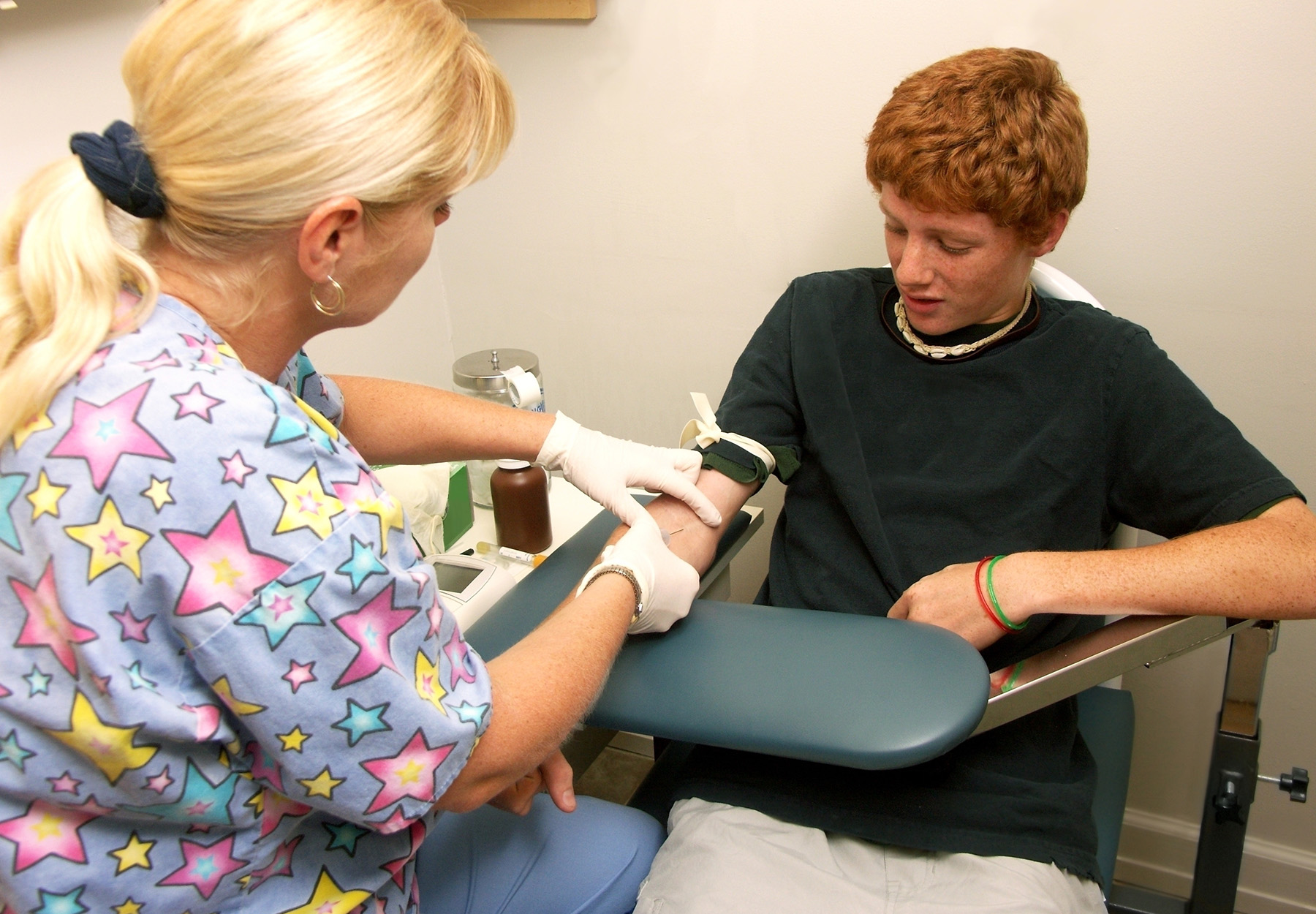USPSTF Again Declines to Recommend Lipid Screening for Asymptomatic Children
The panel recently said there was still not enough evidence to properly assess the harms and benefits of such screening.

When it comes to influencing decisions by clinicians of which laboratory tests to order and by payors of which tests to cover, few bodies have greater influence than the U.S. Preventive Services Task Force (USPSTF). On Jan. 24, the USPSTF did what it had done twice before: it issued a guideline that expressly declines to recommend screening asymptomatic children and adolescents ages 20 or younger for lipid disorders, citing lack of evidence to properly assess its potential benefits and harms.1 Although still in draft form, the recommendation, or lack thereof, is a potential setback for lipid testing laboratories and manufacturers of lipid screening assays.
The Diagnostic Challenge
Cardiovascular disease is a leading cause of worldwide deaths. Many of its victims are adults who were at continuous and lifelong risk of heart attack, stroke, and other premature cardiovascular events due to pediatric lipid disorders that they either inherited or developed at childhood. The USPSTF notes that there are two conditions that cause these disorders, both of which are associated with abnormally high lipid levels in children:
- Familial hypercholesterolemia (FH), a rare genetic disorder affecting about 1 in 250 to 500 children and adolescents, increases the likelihood of coronary heart disease at a younger age and is characterized by very high levels of low-density lipoprotein cholesterol (LDL-C); and
- Multifactorial dyslipidemia, a condition affecting between 7.1–9.4 percent of children and adolescents, is primarily caused by environmental rather than genetic factors, such as eating excessive amounts of saturated fats and/or lack of exercise
Serum lipid panel laboratory tests may be used to screen for both FH and multifactorial dyslipidemia. Such tests measure different components of a patient’s cholesterol metabolism, including total cholesterol (TC), LDL-C, non–high-density lipoprotein cholesterol (non–HDL-C), triglycerides, and high-density lipoprotein cholesterol (HDL-C).
To Screen or Not to Screen
However, there is skepticism over the use of such tests to screen children and adolescents who do not exhibit symptoms of either disorder. In 2011, a panel of experts on cardiovascular health and risk reduction from the National Heart, Lung, and Blood Institute (NHLBI) and American Academy of Pediatrics (AAP) broke ranks with the consensus by recommending screening of children ages nine to 11 for elevated cholesterol, followed by another full lipid screening of adolescents between the ages of 17 and 21. “The Expert Panel believes that the benefits of the recommended approach clearly exceed the harms and that the quality of the supporting evidence is excellent (Grade A or B),” the NHLBI guideline stated. “In some clearly defined circumstances, strong recommendations may be made on the basis of lesser evidence when high-quality evidence is impossible to obtain and the anticipated benefits clearly outweigh the harms.”2
The 2011 NHLBI guideline ran counter to all other guidelines at the time, including those issued by the USPSTF in 2007, which did not recommend lipid screening.3 Accordingly, the NHLBI guideline drew criticism from the medical and scientific community, particularly for its reliance solely on observational studies and genetic natural history studies rather than randomized controlled trials. Critics argued that universal lipid screening in children and adults would deliver no value for public health and result only in wasteful and costly overtreatment. Physicians were also skeptical, with one 2015 study finding very low levels of adherence to the NHLBI guideline’s lipid screening recommendation among primary care physicians.4
In August 2016, the USPSTF issued revised screening guidelines confirming its previous view that there was not enough data currently available to support widespread cholesterol testing in asymptomatic children and adolescents.5
The New USPSTF Recommendations
Seven years and one systematic evidence review later, the USPSTF is still sticking to that original position. The task force that issued the new/old recommendation reviewed 272 articles and more than 7,000 abstracts with evidence on cholesterol screening for FH and multifactorial dyslipidemia. Its conclusion: “The current evidence is insufficient to assess the balance of benefits and harms of screening for lipid disorders in children and adolescents 20 years or younger.” That applies to both FH and multifactorial dyslipidemia.
However, as noted by the press statement accompanying the draft recommendation, the USPSTF says it’s not recommending against such screening, just stating that the panel doesn’t yet have enough evidence to do so.
“Our recommendation highlights the need for more research on whether or not screening children for high cholesterol improves their heart health into adulthood,” noted task force member Li Li, MD, PhD, MPH, in the press release. “In the absence of this data, health care professionals should use their judgment on whether to measure the cholesterol levels of their young patients, and caregivers should share any concerns related to cholesterol or heart health.”6
Takeaway
What is it going to take to get the USPSTF to go along with the NHLBI in recommending lipid screening for asymptomatic children and adults? The draft recommendation offers an answer by identifying the needs and gaps in the current research on lipid test effectiveness and potential harms, including the following:
- Long-term data on the harms of screening and treatment;
- Long-term data on the effectiveness of screening and treatment of lipid disorders in kids and adolescents to prevent premature cardiovascular disease events or death later in life; and
- Comparative effectiveness data that evaluates the best age at which to begin a lipid-lowering intervention for children and adolescents, including the harms and benefits of starting pharmacologic treatment as a child versus as a young adult.
As it will likely be a while before these data gaps are filled, the USPSTF probably won’t have a definitive recommendation for or against lipid screening in children and adolescents any time soon.
References:
- https://www.uspreventiveservicestaskforce.org/uspstf/draft-recommendation/lipid-disorders-children-adolescents-screening#fullrecommendationstart
- https://www.nhlbi.nih.gov/files/docs/peds_guidelines_sum.pdf
- https://www.uspreventiveservicestaskforce.org/uspstf/recommendation/lipid-disorders-in-children-screening-2007
- https://journals.sagepub.com/doi/10.1177/0009922815576885
- https://www.uspreventiveservicestaskforce.org/uspstf/recommendation/lipid-disorders-in-children-screening
- https://www.uspreventiveservicestaskforce.org/uspstf/sites/default/files/file/supporting_documents/child-lipid-screening-draft-rec-bulletin.pdf
Subscribe to Clinical Diagnostics Insider to view
Start a Free Trial for immediate access to this article